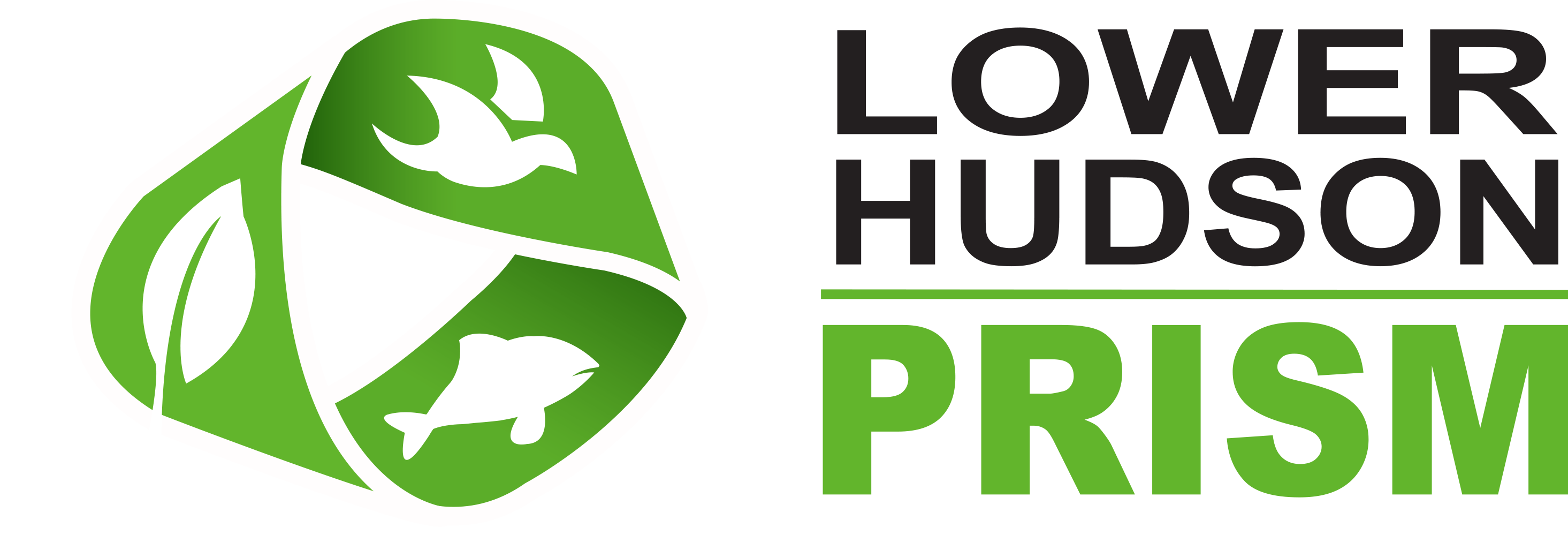Join the Hydrilla Hunt!
On August 7th, The Nature Conservancy (TNC), and the New York Federation of Lake Associations (NYSFOLA) will present a webinar to instruct volunteers on the skills needed to identify Hydrilla verticillata (hydrilla). Hydrilla is an aquatic invasive species that has been found in New York state waters in a limited number of locations during the last five years. In 2011 approximately 80 acres was found at the Cayuga Inlet in Ithaca, and in 2012 200 acres was found in the Tonawanda Creek near Buffalo. The monoecious variety of hydrilla that has been found in New York State is well adapted to the temperate lake conditions in NYS since large areas of hydrilla were able to grow rapidly without detection. Hydrilla is identified as an invasive plant by both federal and state governments across the United States.
Hydrilla over winter as turions but is most likely spread by fragmentation similar to Eurasian watermilfoil. Spreading by plant fragments allows hydrilla to easily invade large areas of connected waterbodies. It also is spread by boats, trailers and waterfowl that move between lakes and rivers. Unfortunately, this highly invasive plant looks very similar to some very common native plants and at least one other exotic plant. This creates great challenges in finding small patches of the plants before they grow into dense beds that are much more difficult to control. With nearly 20,000 lakes and ponds and many miles of streams and rivers in New York state, TNC, NYSFOLA and the state of New York need more eyes looking for these plants.
Early detection is critically important to assess the threat and develop rapid response plans to address any newly discovered hydrilla infestation. Working together, New York State, Tompkins County, and City of Ithaca have been successful in controlling hydrilla in the Cayuga inlet, and the US Army Corps of Engineers is working to prevent the spread of the Tonawanda Creek infestation out of a contained portion of the Erie Canal. Keeping both infestations out of the larger Great Lakes system has required a large effort to implement a series of complex herbicide applications. It is likely that future large infestations found too late will not be controllable. This might ultimately result in the spread of hydrilla throughout New York state, similar to the migration of Eurasian watermilfoil out of the Finger Lakes region into more than 300 lakes statewide starting in the 1940s.
Volunteers can maximize the number of water bodies examined and greatly improve the likelihood of eradicating the plant before it moves into many waterbodies. Early August is a good time to search for Hydrilla since it will be fully developed and near the surface of water bodies. TNC, NYSFOLA and its partners are looking to recruit as many volunteers as possible to look for hydrilla in lakes, ponds, streams and rivers throughout the state, in hopes of finding the next location before it grows into an unmanageable infestation.
A webinar will kick off the Hydrilla Hunt on August 7th, at 2 pm. Participants can join the webinar at https://nethope.webex.com/mw0307l/mywebex/default.do?service=7&main_url=%2Ftc0506l%2Ftrainingcenter%2Fdefault.do%3Fsiteurl%3Dnethope%26main_url%3D%252Ftc0506l%252Fe.do%253FAT%253DMI%2526%2526Host%253D606c0b1d785d4040%2526UID%253D1290906702%2526HMAC%253De30bf2d3330c5d304b412ff151bd1bd1e07c009a%2526siteurl%253Dnethope%2526confID%253D1228187951%2526ticket%253D1849811b6cb21ccf9b07209bde18a431&siteurl=nethope Sign in with your name and email. The password is Hydri11a (using the number 1 not the letter l)
The webinar will instruct participants where to look for hydrilla, summarize sampling techniques to gather suspect plants and show how to report search areas and findings. Volunteers will be asked to search for hydrilla over the weekend and during following week . Report possible hydrilla sightings as well as locations that were searched but no hydrilla was found will help us understand the statewide distribution of hydrilla type of lakes that are conducive to hydrilla.
The steps in the Hydrilla Hunt are:
- August 7th to August 17th: Search your lake river or water body for hydrilla and keep track of the areas that were searched
- Report your results at the iMap site or by email to Scott Kishbaugh at sakishba@gw.dec.state.ny.us It is important to report all locations searched in order to better understand how hydrilla is being transported around NYS or how fast it is moving in NYS
- If you find a suspected hydrilla plant report the information and collect the suspected plant for verification. You can post a photo on iMap or send it to Scott Kishbaugh at sakishba@gw.dec.state.ny.us
- Be available to answer questions on your search for follow-up for plant verification or verify where searches have been completed
- Get your friends and neighbors involved. Additional volunteers can participate by reviewing the webinar and TNC web site to see the instructions to complete a Hydrilla Hunt, and results can continue to be submitted after August 17th.
For more information on hydrilla see http://ccetompkins.org/environment/invasive-species/hydrillahttp://ccetompkins.org/environment/invasive-species/hydrilla and http://www.nyis.info/index.php?action=invasive_detail&id=16
For more information on the webinar and this effort see the website http://nysfola.org/ and contact dlong735@gmail.com for information related to this effort by NYSFOLA .
=============================
RECORDING OF THIS EVENT POSTED AFTERWARDS:
Your recording is now available on the WebEx service site. Click the link below to play it:
https://nethope.webex.com/nethope/lsr.php?RCID=5d443d23f750494cb9febcab4b75abed
Hydrilla 101-20140807 1753-1
Thursday, August 7, 2014 1:53 pm New York Time
1 Hour 37 Minutes
* You can forward this message to others to allow them to play back the recording. *

